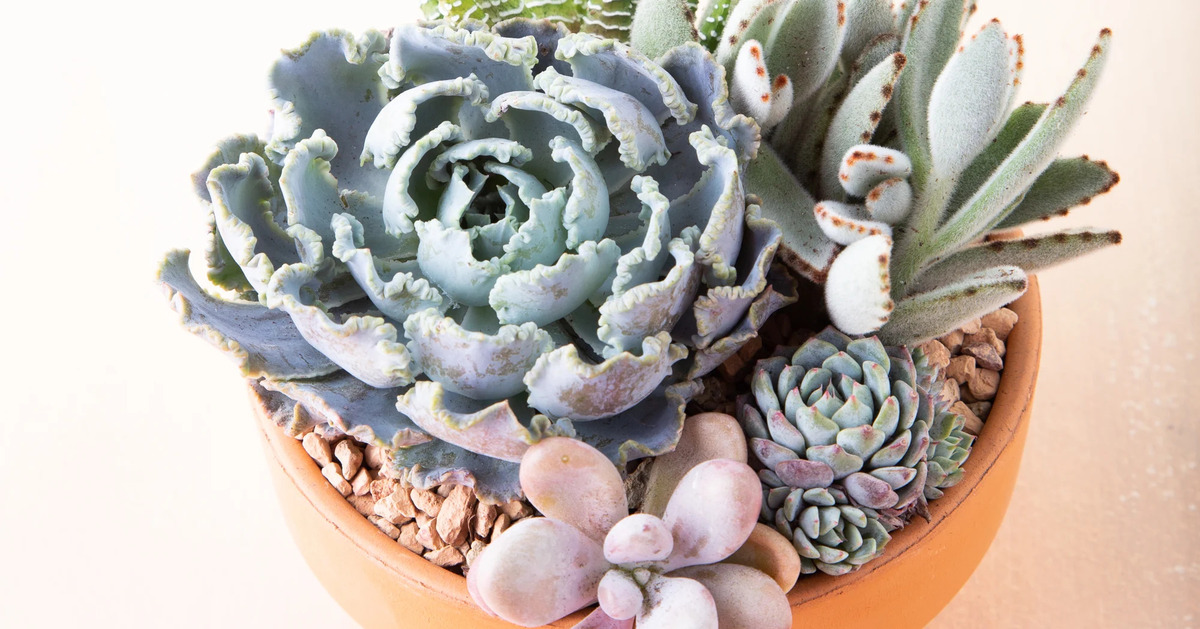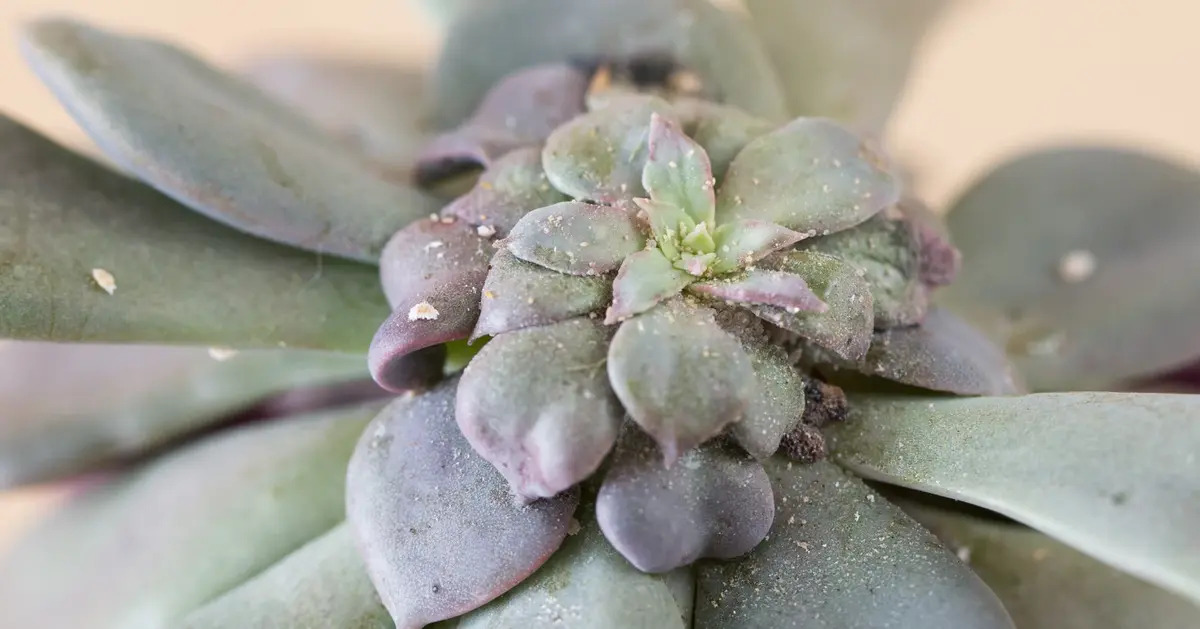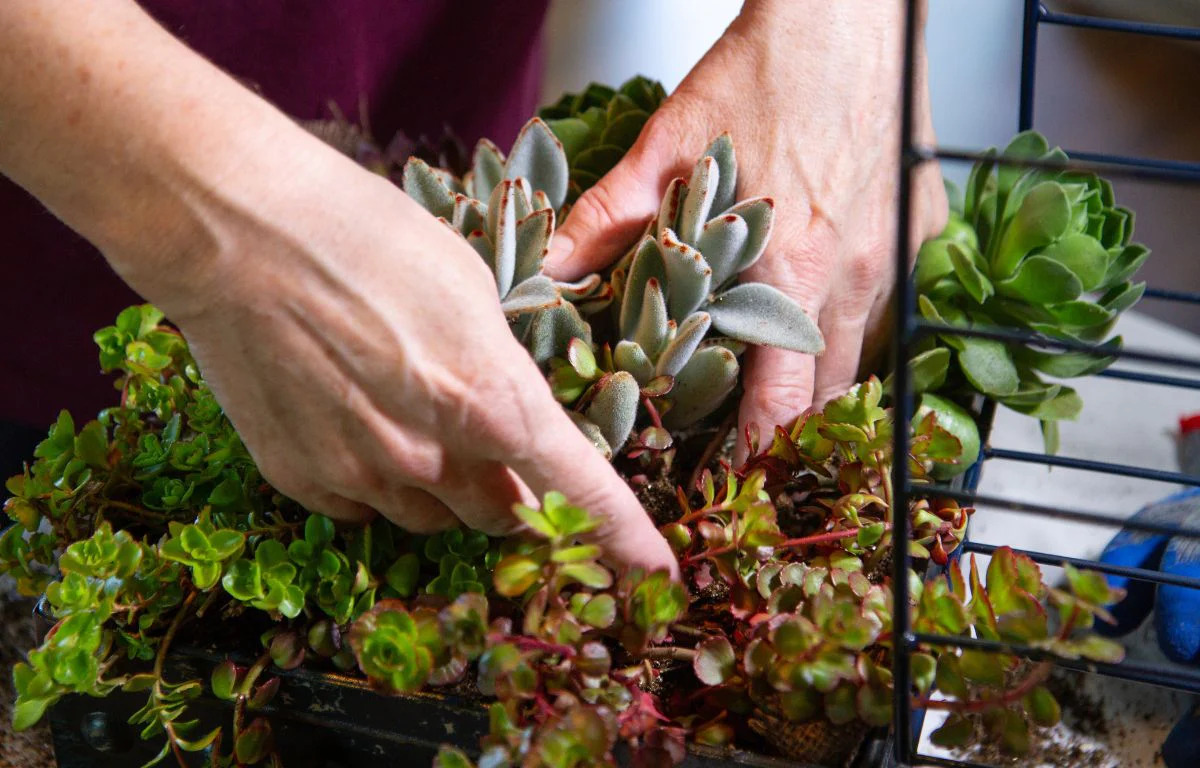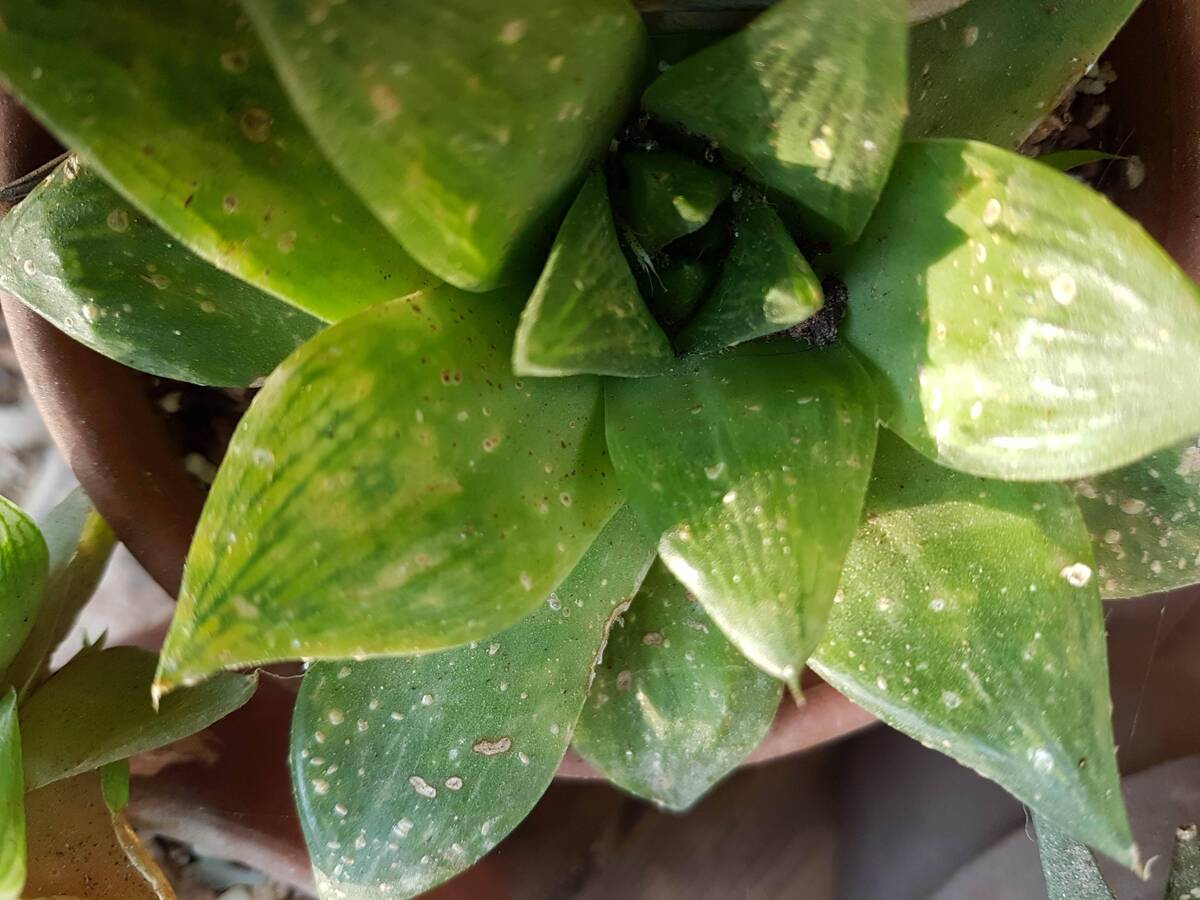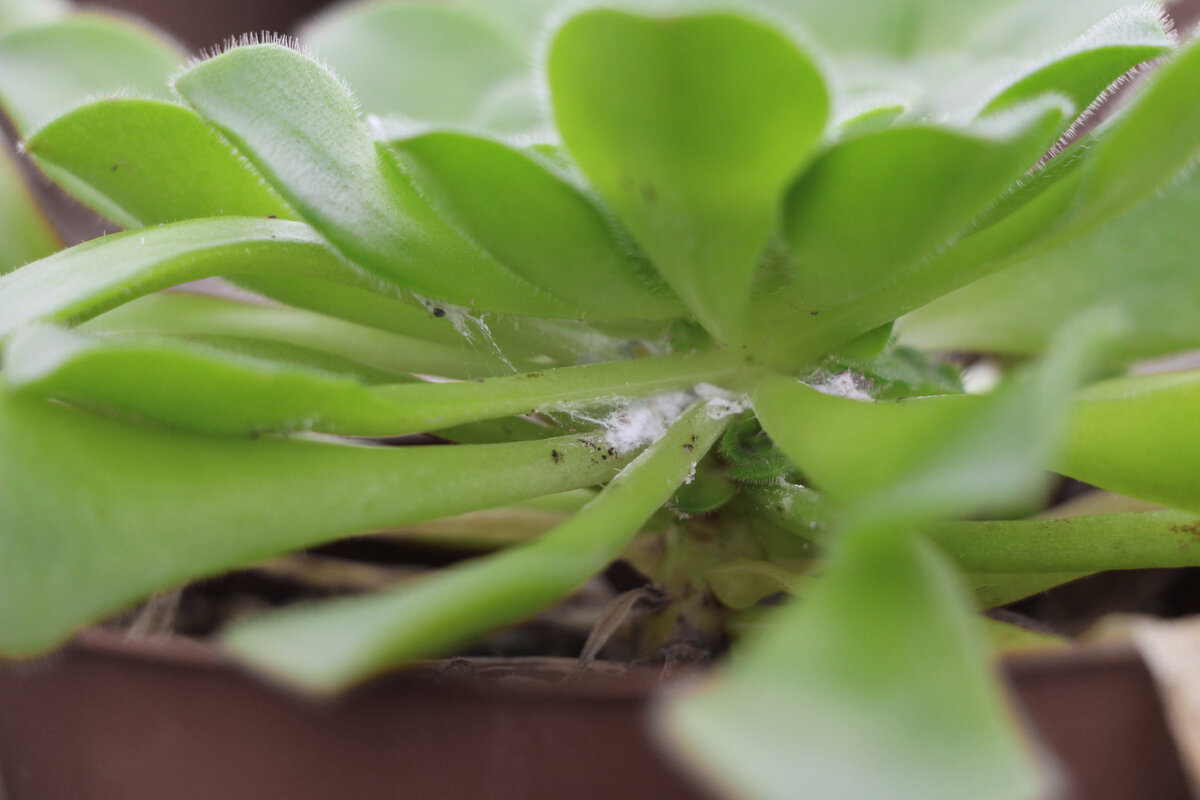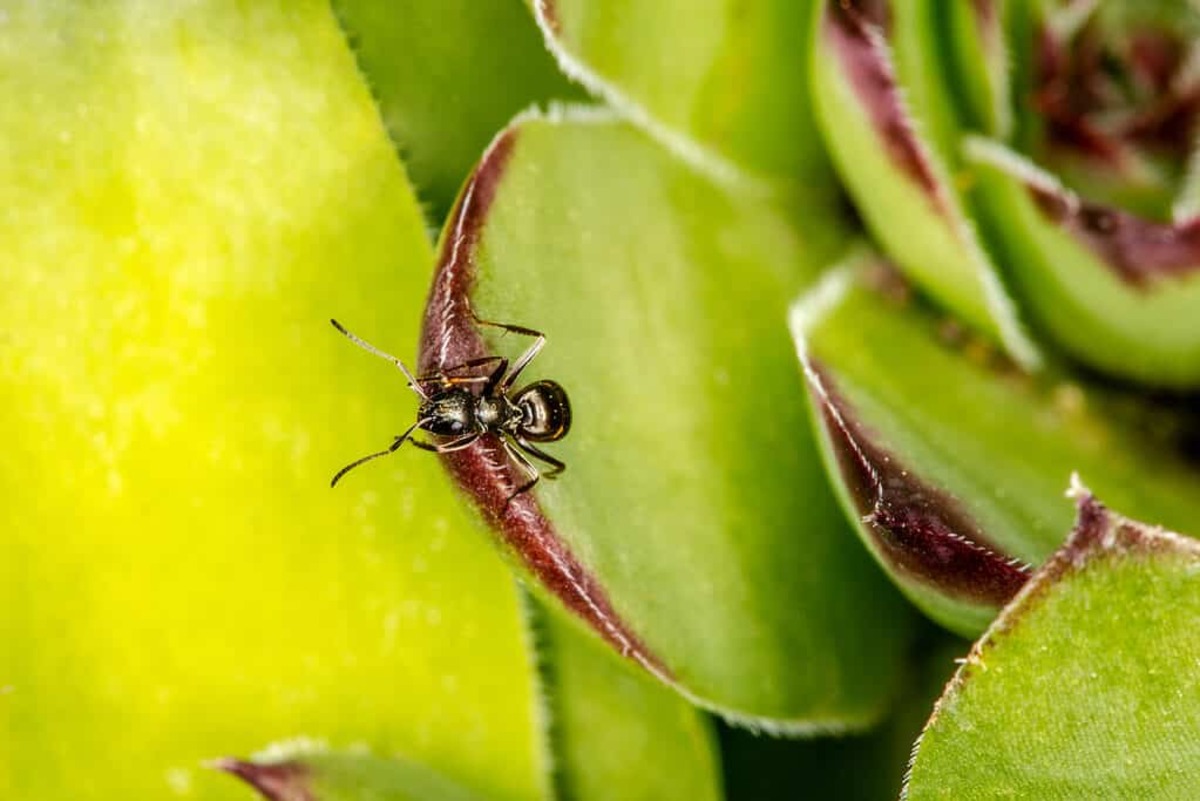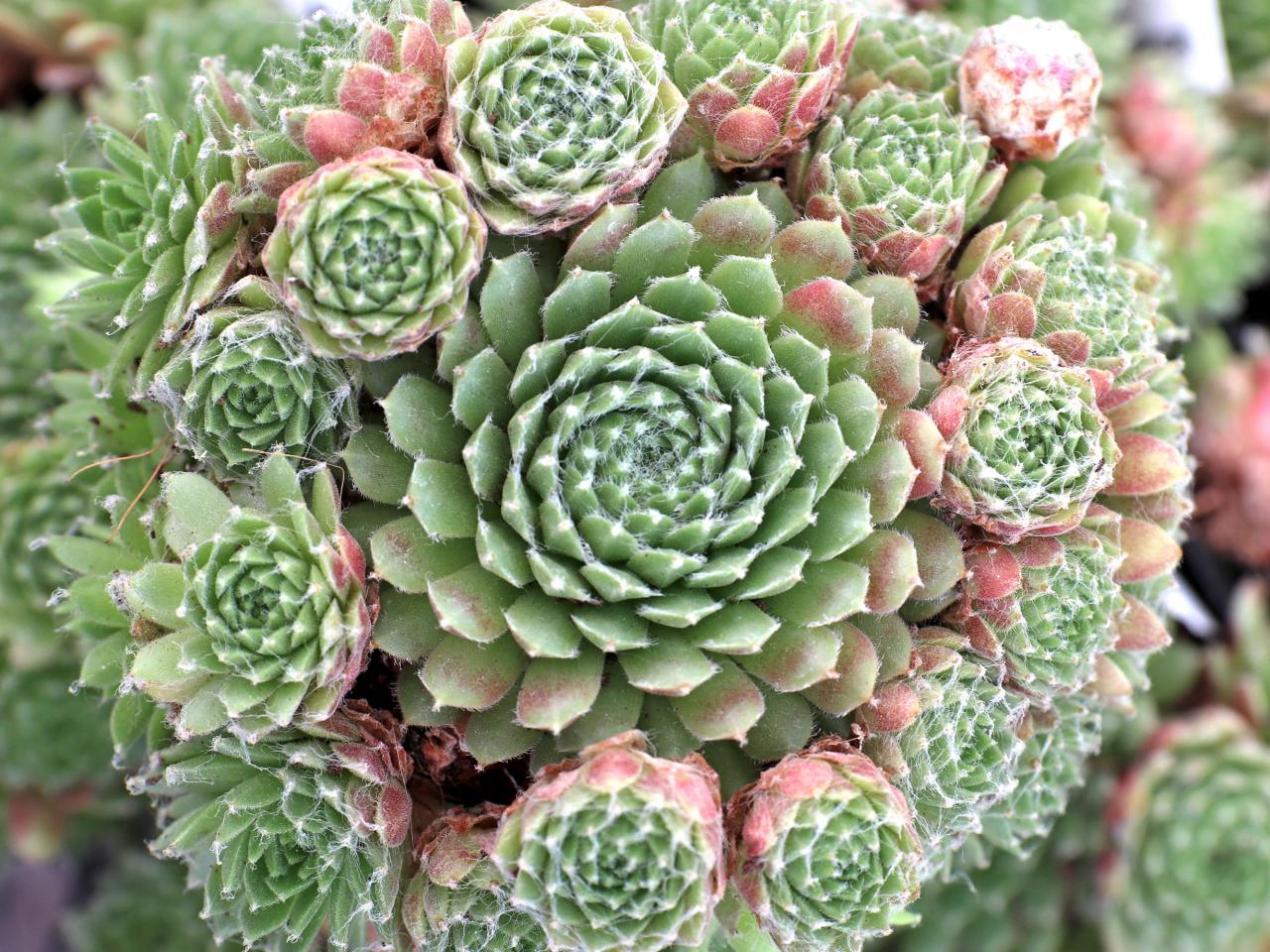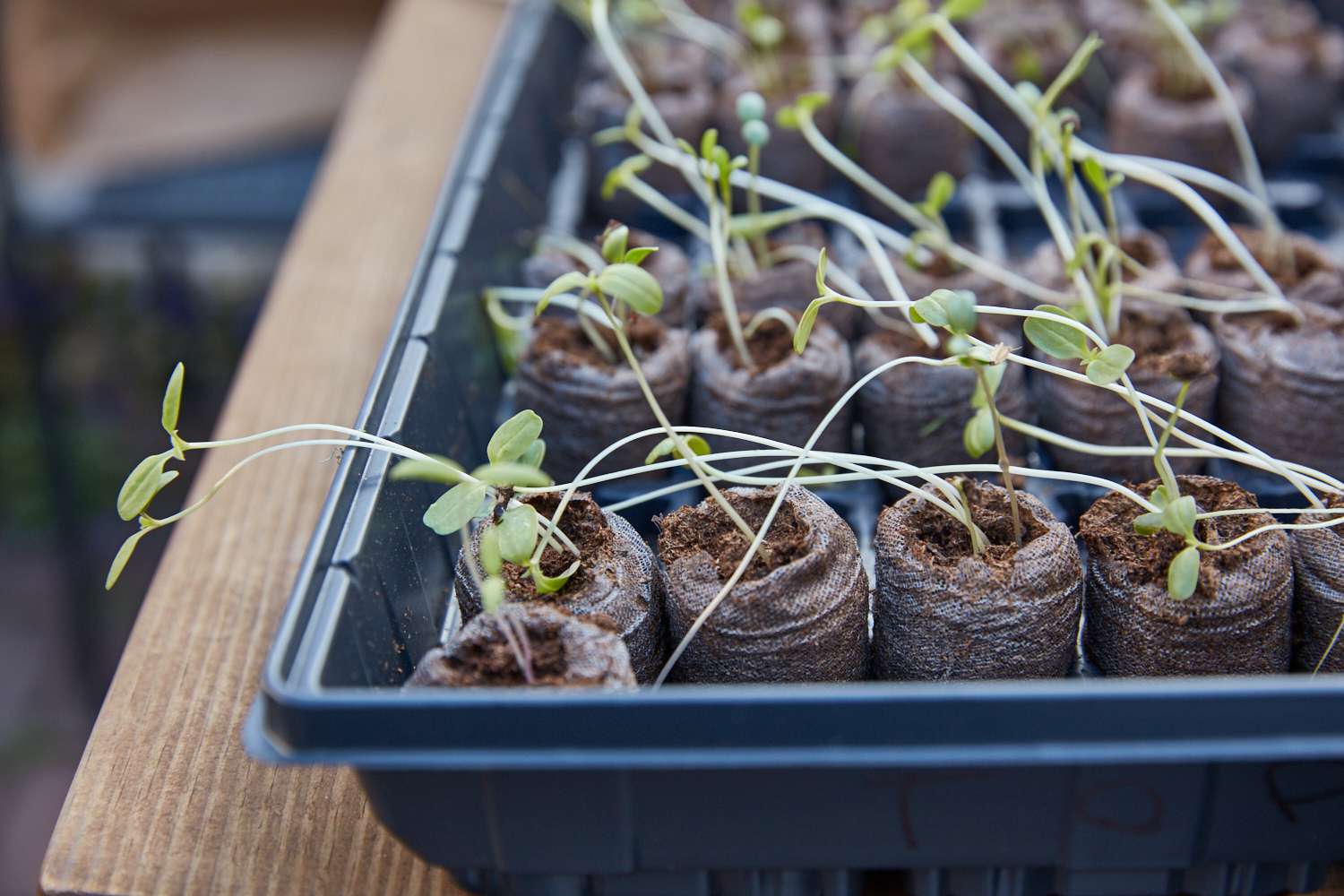Home>Types of Gardening>Ornamental Gardening>What To Do When Succulents Get Leggy
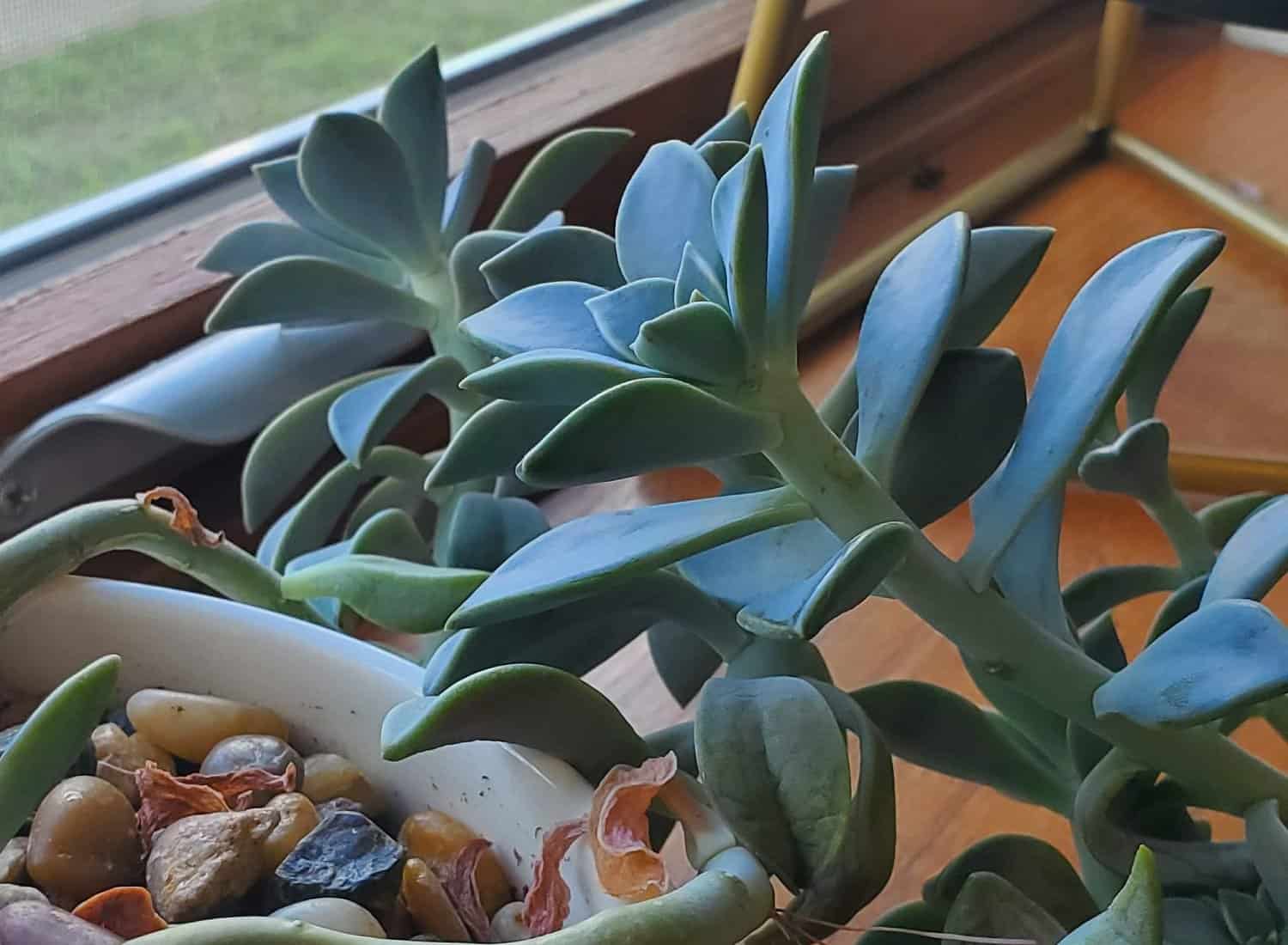

Ornamental Gardening
What To Do When Succulents Get Leggy
Modified: February 9, 2024
Learn how to deal with leggy succulents in your ornamental gardening. Discover practical tips and techniques to bring back the vitality and beauty of your plants.
(Many of the links in this article redirect to a specific reviewed product. Your purchase of these products through affiliate links helps to generate commission for Chicagolandgardening.com, at no extra cost. Learn more)
Table of Contents
Introduction
Succulents are beloved plants known for their ability to store water in their leaves and stems, making them resilient and low-maintenance. These plants come in a variety of shapes and sizes, adding a touch of natural beauty to any indoor or outdoor space. However, succulents can sometimes develop a condition known as “legginess,” where they stretch out and become elongated rather than maintaining their compact, sturdy form.
In this article, we will explore the causes of leggy succulents and provide practical solutions to prevent and address this issue. Whether you have just noticed leggy growth in your succulents or want to proactively avoid it, this guide will equip you with the knowledge and techniques to keep your succulents thriving.
In understanding how to tackle leggy succulents, it is crucial to grasp the concept of their natural growth habits. Succulents are native to arid and desert-like environments, where they adapt to survive in harsh conditions with limited water availability. Their compact, tightly-packed leaves and stems allow them to store water and endure long periods without rainfall.
When succulents become leggy, they lose their characteristic dense growth and become elongated and stretched. This can be visually unappealing and compromise the overall health of the plant. However, with some simple adjustments to care and maintenance, you can help your succulents regain their vitality.
In the following sections, we will delve into the causes of leggy succulents and explore methods to prevent and address this issue. By understanding the underlying factors and taking proactive measures, you can ensure your succulents maintain their compact and visually appealing form.
Understanding Leggy Succulents
Leggy succulents are those that have elongated stems and leaves, causing them to appear stretched out and less compact. This growth pattern is a result of the plant trying to reach out for more light, as succulents naturally gravitate towards sunlight to support their photosynthesis process.
When succulents don’t receive sufficient sunlight, they will start to grow taller and stretch out in search of more light. This can lead to legginess, where the stems become thin and weak and the leaves are spaced farther apart. Leggy succulents may also have fewer leaves, giving them a sparse and unhealthy appearance.
It’s important to note that leggy growth is not ideal for succulents. While some elongation is normal as succulents grow, excessive legginess can indicate underlying issues. Leggy succulents are less able to support themselves and may become top-heavy, increasing the risk of toppling over or breaking.
Moreover, leggy succulents are often less resilient to environmental stresses and may be more susceptible to diseases and pests. The stretched-out stems and leaves have a reduced ability to store water, which can lead to dehydration and ultimately harm the overall health of the plant.
By understanding the causes of leggy succulents, you can take the necessary steps to prevent this growth pattern and promote healthy, compact plant development. Let’s explore some of the common causes of legginess in succulents in the next section.
Causes of Legginess
Several factors can contribute to the leggy growth of succulents. Understanding these causes will help you identify the underlying issues and take appropriate actions to prevent legginess in the future.
- Lack of sunlight: Succulents require bright, indirect sunlight to thrive. Insufficient light can cause them to stretch out in a process called etiolation. This is a natural response to low light conditions where the plant tries to reach for more sunlight.
- Improper positioning: Placing succulents in areas with inadequate light or improper positioning can also lead to legginess. For example, if a succulent is placed too far away from a window or in a spot that receives only brief periods of direct sunlight, it may not receive the necessary light to maintain compact growth.
- Overwatering: Watering succulents too frequently or failing to provide proper drainage can lead to root rot and other issues. Overwatered succulents may develop weak stems and leaves, contributing to leggy growth.
- Lack of airflow: Succulents thrive in well-ventilated areas. If they are kept in stagnant air or crowded planters, it can impede their growth and cause legginess.
- Poor nutrition: Nutrient deficiencies can also result in leggy succulents. Without adequate nutrients, plants may prioritize growing taller to compensate for the lack of resources.
It’s important to note that some succulent species are naturally more prone to legginess than others. For example, certain trailing or hanging succulents have a natural cascading growth habit, and their stems may appear longer compared to more compact varieties. However, even with naturally leggy succulents, proper care and maintenance can help minimize excessive elongation.
In the next section, we will discuss practical steps you can take to prevent leggy growth in your succulents, helping them maintain their compact and healthy form.
How to Prevent Leggy Growth
Preventing leggy growth in succulents requires a combination of proper care, optimal lighting conditions, and proactive measures. By following these guidelines, you can help your succulents maintain their compact and healthy form:
- Provide adequate sunlight: Place your succulents in a location where they can receive bright, indirect sunlight for at least six hours a day. South or east-facing windows are typically ideal, but you can also supplement natural light with grow lights to ensure they receive enough light.
- Rotate your succulents: Regularly rotate your succulents to ensure all sides receive equal light exposure. This will prevent them from leaning towards the light source and promote even growth.
- Water sparingly: Succulents have high water storage capacity and prefer well-draining soil. Avoid overwatering by allowing the soil to dry out completely between waterings. Remember, it’s better to underwater than overwater.
- Use the right potting mix: Opt for a well-draining potting mix specifically formulated for succulents. Mixing standard potting soil with perlite or sand can help improve drainage and prevent waterlogged roots.
- Provide airflow: Ensure proper air circulation around your succulents. Avoid overcrowding them and keep a distance between individual plants to prevent stagnant air, which can hinder growth.
- Fertilize appropriately: Use a balanced, low-nitrogen fertilizer specifically designed for succulents. Apply it sparingly during the growing season, following the instructions on the packaging.
- Prune regularly: Trim off any leggy growth to encourage a more compact and bushy appearance. Be sure to use sterilized pruning tools and make clean cuts to avoid introducing diseases.
By implementing these preventive measures, you can create an optimal environment that promotes healthy and compact growth in your succulents.
However, if you notice leggy growth in your succulents despite your best efforts, don’t worry. There are strategies you can employ to address this issue and restore your succulents to their former glory. We will explore these strategies in the next section.
Addressing Leggy Succulents
If you find that your succulents have already become leggy, there are steps you can take to address the issue and encourage more compact growth:
- Prune and propagate: Trim off the leggy stems, cutting just above a node or leaf joint. This will encourage new growth from that point. You can use the cuttings to propagate new plants by allowing the cut ends to callus over before planting them in well-draining soil.
- Reposition the plant: If lack of sunlight is the cause of legginess, relocate your succulent to a spot with better lighting conditions. Ensure it receives sufficient bright, indirect sunlight to promote healthier growth.
- Support the plant: If your succulent is top-heavy or struggling to stand upright, provide support by gently staking the plant with a bamboo skewer or using plant supports. This will prevent further legginess and promote better stability.
- Provide supplementary lighting: If natural light is limited, you can supplement it with grow lights. Choose a full spectrum LED grow light and position it an appropriate distance from your succulents to provide the necessary light intensity.
- Adjust watering: Ensure you are watering your succulent correctly. Allow the soil to dry out completely between waterings, and ensure proper drainage to prevent overwatering and root rot.
- Prune regularly: Continuously trim off any new leggy growth to redirect the plant’s energy towards more compact and healthy growth. Regular pruning will help maintain the shape and appearance of your succulent.
Remember, addressing leggy succulents is a process that may require time and patience. With consistent care and maintenance, you can gradually restore your succulents to a more compact and visually appealing form.
If your efforts to address legginess are not yielding the desired results, it may be necessary to consider propagating from healthy parts of the plant and starting fresh. This can provide an opportunity to learn from past mistakes and create a more conducive environment for your new succulents.
In the next section, we will discuss the process of pruning and propagating leggy succulents in more detail, providing you with the knowledge to rejuvenate your plants and create new ones in the process.
Pruning and Propagating Leggy Succulents
Pruning and propagating leggy succulents is an effective way to address the issue of legginess and rejuvenate your plants. By following these steps, you can not only encourage more compact growth but also create new succulents to enjoy:
- Identify the leggy stems: Take a close look at your succulent and identify the stems that have become elongated and stretched out. These are the ones you will be pruning.
- Prepare your tools: Use sterilized pruning shears or a sharp, clean knife to make your cuts. Wiping the blades with rubbing alcohol will help prevent the spread of diseases.
- Cut above a node or leaf joint: Make a clean and precise cut just above a node or leaf joint on the leggy stem. This is where new growth will emerge from.
- Allow the cuttings to callus: Set the cuttings aside in a warm and dry location for a few days until the cut ends have calloused over. This will help prevent rotting when you plant them.
- Plant the cuttings: Once the cuttings have calloused, plant them in well-draining soil. You can use a mix of cactus soil and perlite or pumice to improve drainage. Ensure that the cut ends are inserted into the soil, leaving the calloused portion exposed above the soil line.
- Provide proper care for the cuttings: Place the potted cuttings in a location with bright, indirect sunlight. Water them sparingly, allowing the soil to dry out between waterings. Over time, new roots will develop from the calloused ends, and new growth will emerge from the leaf joints.
- Maintain the mother plant: After pruning, continue to care for the remaining plant. Adjust the lighting conditions, watering schedule, and other factors to support healthier and more compact growth.
Pruning and propagating leggy succulents not only rejuvenates the original plant but also gives you the opportunity to create new plants to expand your succulent collection. It’s a rewarding and sustainable way to propagate succulents, as you can continue to enjoy their beauty and also share them with others.
Remember to be patient throughout the process, as it may take some time for the cuttings to establish roots and new growth to emerge. With proper care and nurturing, you’ll witness the transformation of your leggy succulents into more compact and visually appealing plants.
As we conclude this guide, we hope you’ve gained valuable insights into preventing and addressing leggy succulents. By understanding the causes, taking preventive measures, and employing pruning and propagating techniques, you can maintain the health and beauty of your succulents for years to come.
Conclusion
Succulents are stunning plants that bring a touch of natural beauty to any space. However, they are not immune to leggy growth, which can compromise their appearance and overall health. By understanding the causes and implementing preventive measures, you can help your succulents maintain their compact and visually appealing form.
Proper care, such as providing adequate sunlight, ensuring proper watering and drainage, and promoting airflow, is crucial in preventing leggy growth. Regular pruning and propagation techniques can also be employed to address existing leggy succulents and create new plants in the process.
Remember, each succulent is unique, and it may require some experimentation and adjustments to find the perfect care routine. Be patient and observant, paying attention to the needs of your plants. With time, you’ll develop a deep understanding of your succulents’ growth patterns and be able to maintain their optimal health and appearance.
So, whether you’re a beginner just starting your succulent collection or an experienced gardener looking to improve your plant’s growth, taking the time to prevent and address leggy succulents will ensure long-lasting beauty and enjoyment from these resilient and fascinating plants.
By incorporating the tips and techniques shared in this guide, you can take control of legginess and create a thriving succulent garden that delights the eye and brings a touch of natural elegance to your life.
